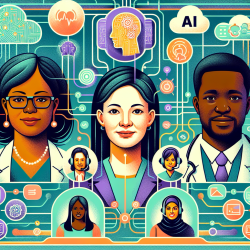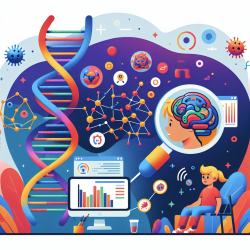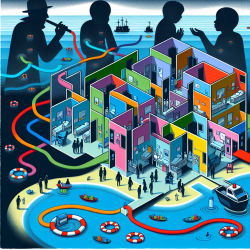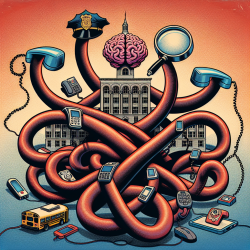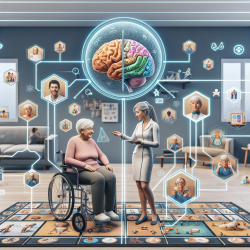Introduction
In the realm of medical education, breaking bad news is a critical skill that requires both sensitivity and precision. The ability to communicate effectively in these situations can significantly impact patient outcomes and satisfaction. A recent study, "Proof of Concept: Using ChatGPT to Teach Emergency Physicians How to Break Bad News," explores the potential of AI, specifically ChatGPT, in enhancing these crucial communication skills.
The Role of AI in Medical Training
ChatGPT, a sophisticated AI chatbot developed by OpenAI, has shown promise in various applications, from writing essays to solving complex problems. Its potential in medical education, particularly in training physicians to deliver bad news, is now being explored. The study utilized ChatGPT to simulate patient-physician interactions, providing real-time feedback based on the SPIKES framework—a structured approach to breaking bad news.
Key Findings
The study demonstrated that ChatGPT could effectively create realistic training scenarios, allowing practitioners to engage in roleplay and receive constructive feedback. Key outcomes included:
- Realistic scenario creation: ChatGPT set up scenarios that mirrored real-life situations in emergency medicine.
- Active roleplay: Practitioners could interact with the AI as if they were communicating with a patient.
- Structured feedback: The AI provided feedback using the SPIKES framework, helping practitioners refine their approach.
Implications for Practitioners
For practitioners, especially those in fields like speech-language pathology, the implications of this study are profound. AI can serve as a valuable tool in training for sensitive communication, offering a cost-effective and accessible alternative to traditional methods. By incorporating AI into training programs, practitioners can enhance their skills in delivering difficult news, ultimately leading to better patient outcomes.
Encouraging Further Research
While the study presents promising results, further research is necessary to explore the full potential of AI in medical education. Future studies could focus on:
- Expanding the use of AI to different medical specialties and training levels.
- Developing best practice guidelines for AI use in communication training.
- Integrating AI with other technologies, such as virtual reality, to enhance the training experience.
Conclusion
The integration of AI in medical education is a promising frontier. As we continue to explore its capabilities, AI can become an indispensable tool in training practitioners to communicate effectively, particularly in challenging situations. By embracing these innovations, we can ensure that practitioners are well-equipped to handle the complexities of patient communication.
To read the original research paper, please follow this link: Proof of Concept: Using ChatGPT to Teach Emergency Physicians How to Break Bad News.
